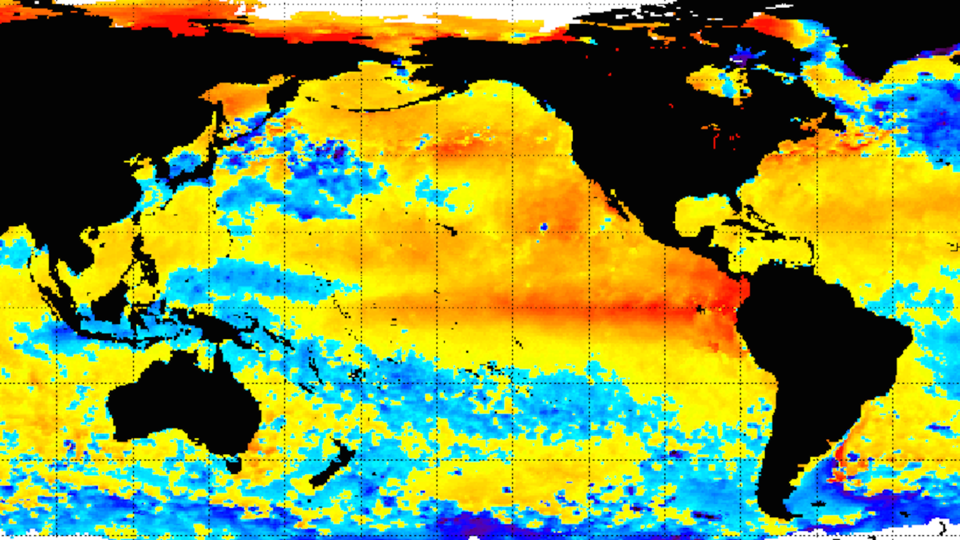Science News
Monday Bites: Science for Sustainable Goals and More

Scientists for Global Sustainability
Later this week, the United Nations will host the Sustainable Development Summit to focus on “society’s most urgent needs,” according to a commentary published today in Nature Geoscience. The idea is to end poverty and inequality, and share Earth’s limited resources without further destroying the planet. There are 17 ambitious goals (click here to see all of them), and the authors of today’s paper are pushing scientists to work harder to contribute to these goals. They advocate sharing research more openly to further collaboration, “delivering new actionable research,” and communicating better with non-scientists, all in order “to make the world a better place.”
Reducing Emissions from Landfills
Landfills are one of the biggest sources of methane emissions on our planet. And a new study, out today, finds that this number is likely larger than estimated by the Environmental Protection Agency (EPA). In 2012, the EPA determined that 122 million tons of waste were disposed of in landfill facilities. However, with data from greenhouse gas reporting, Yale scientists came up with a much larger estimate: 262 million tons.
Beyond reducing waste, the authors recommend closed-system landfills, where gas is collected, which help reduce emissions. Unfortuantely, these facilities only represent 8% of landfills in the U.S. The scientists argue that the new study highlights the limitations of the government’s current approach to collecting waste disposal data, with significant implications for policy-based efforts to reduce emissions and tackle climate change.
El Niño Preparedness
Just as those of us along the Pacific Rim prepare ourselves for earthquakes, we should also be aware of and prepare for future El Niño and La Niña events, according to a new paper. Projections for increased frequencies of extreme events of this nature due to climate change could result in devastating coastal erosion and flooding, leaving coastal areas quite vulnerable, say the authors, led by Patrick Barnard of the U.S. Geological Survey in Santa Cruz.
Analyzing data from historical beach surveys plus global climate patterns and models, the team found that “although projections vary markedly, one area of consensus among global climate models is an increase in wind strength, wave period, and thus wave energy generated in the Southern Ocean for the twenty-first century.” This, in addition to projected sea-level rise, could greatly affect populated areas on both sides of the Pacific, the team warns, pushing the need for preparation.
Image: Sea surface temperature anomalies, 9/21/15, NOAA